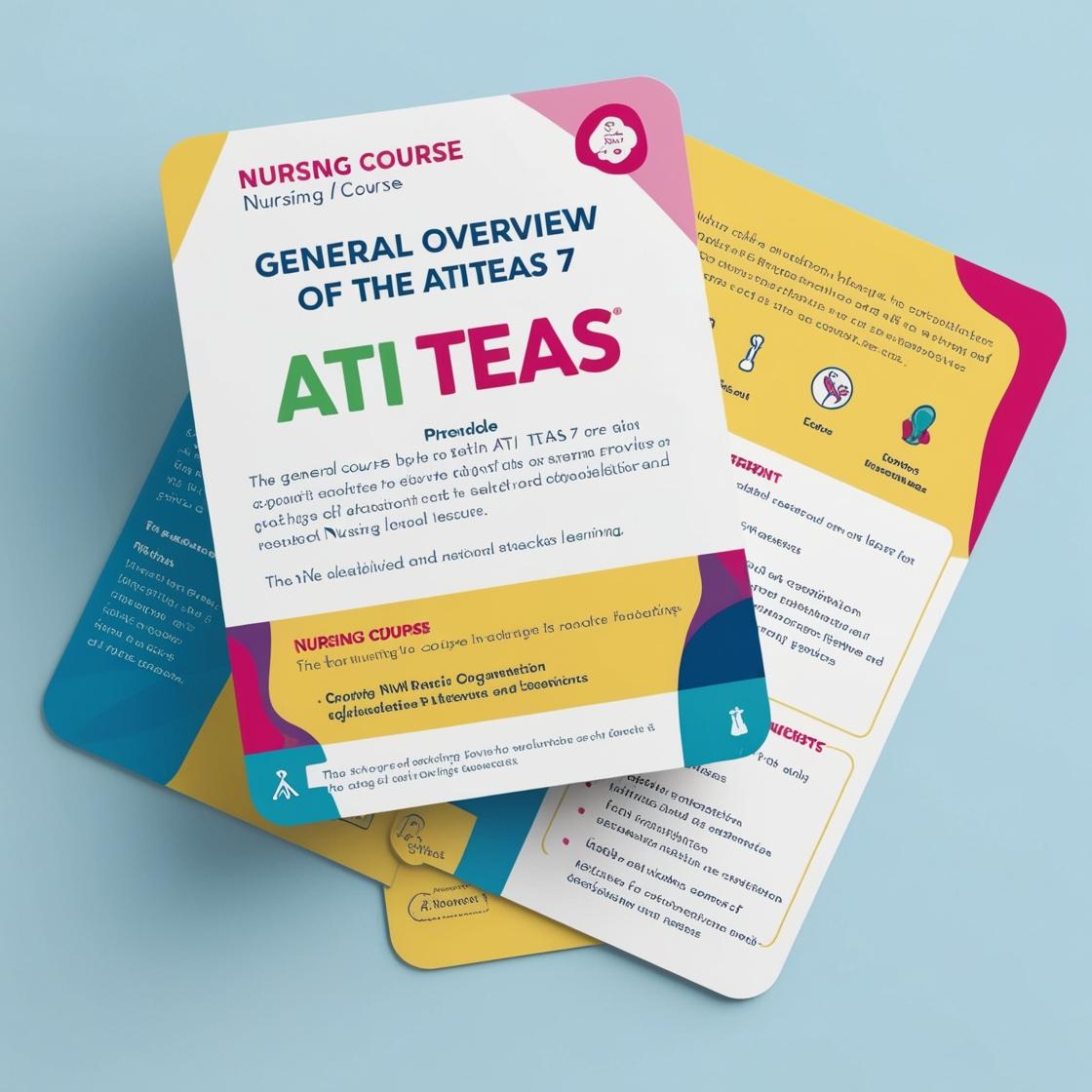ATI TEAS 7
ATI TEAS Science
1. How do organisms maintain homeostasis?
- A. By increasing their body temperature, blood pH, and fluid balance.
- B. By undergoing biochemical processes and absorbing energy to increase entropy.
- C. By undergoing biochemical processes to maintain the order of their external environment.
- D. By using free energy and matter via biochemical processes to work against entropy.
Correct answer: D
Rationale: Organisms maintain homeostasis by utilizing free energy and matter through biochemical processes to counteract entropy, which helps in preserving internal stability. This process involves maintaining a balance within the organism's internal environment despite external changes, ensuring proper functioning and survival. Choice A is incorrect because increasing body temperature, blood pH, and fluid balance alone do not define the comprehensive process of maintaining homeostasis. Choice B is incorrect as absorbing energy to increase entropy goes against the concept of maintaining internal stability. Choice C is incorrect as maintaining the order of the external environment does not directly contribute to the organism's internal stability and balance.
2. What is the sensory threshold?
- A. The smallest amount of stimulus required for an individual to feel a sensation
- B. The amount of stimulus required for an individual to feel pain
- C. The amount of stimulus required to cause an individual to move away from the stimulus
- D. The place from which the stimulus is coming
Correct answer: A
Rationale: The sensory threshold refers to the smallest amount of stimulus required for an individual to perceive or feel a sensation. It is the minimum level of stimulus intensity that is detectable by an individual. Choice B is incorrect because the sensory threshold is not specifically related to feeling pain but rather to perceiving any sensation. Choice C is incorrect as the sensory threshold is about perception and not necessarily physical reaction. Choice D is incorrect as it describes the source of the stimulus, not the threshold for perception.
3. What is the correct way to represent 8,600,000,000,000 in scientific notation with two significant figures?
- A. 8.6 x 10^12
- B. 8.6 x 10^-12
- C. 8.6 x 10^11
- D. 8.60 x 10^12
Correct answer: A
Rationale: The correct way to represent 8,600,000,000,000 in scientific notation with two significant figures is 8.6 x 10^12. Scientific notation involves expressing a number as a decimal (with one non-zero digit before the decimal point) multiplied by a power of 10. In this case, 8,600,000,000,000 is correctly written as 8.6 x 10^12 to maintain two significant figures and the appropriate magnitude. Choice B (8.6 x 10^-12) is incorrect as it represents a very small number due to the negative exponent. Choice C (8.6 x 10^11) is incorrect as it does not account for the magnitude of the original number. Choice D (8.60 x 10^12) is incorrect because it unnecessarily adds a zero after the decimal point, which is not warranted by the original number's precision.
4. Which of the following terms refers to the process of breaking large molecules into smaller molecules to provide energy?
- A. Metabolism
- B. Bioenergetics
- C. Anabolism
- D. Catabolism
Correct answer: D
Rationale: The correct answer is 'D: Catabolism.' Catabolism specifically involves breaking down large molecules into smaller ones to release energy. It is the opposite of anabolism, which is the process of building larger molecules from smaller ones. 'Metabolism' (choice A) is a broader term that encompasses all chemical processes in an organism, including anabolism and catabolism. 'Bioenergetics' (choice B) refers to the flow and transformation of energy in a biological system, not specifically the breakdown of molecules for energy.
5. Which blood component is chiefly responsible for clotting?
- A. Platelets
- B. Red blood cells
- C. Antigens
- D. Plasma cells
Correct answer: A
Rationale: The correct answer is A: Platelets. Platelets are small cell fragments in the blood that play a crucial role in clotting. When there is an injury, platelets adhere to the site and release chemicals that help form a clot to prevent excessive bleeding. Red blood cells transport oxygen, antigens are substances that trigger an immune response, and plasma cells are a type of white blood cell involved in producing antibodies, none of which are primarily responsible for clotting.
Similar Questions

Access More Features
ATI TEAS Premium Plus
$149.99/ 90 days
- Actual ATI TEAS 7 Questions
- 3,000 questions with answers
- 90 days access
ATI TEAS Basic
$99/ 30 days
- 3,000 Questions with answers
- 30 days access
